Gear of the decade: we chart the innovations that changed the guitar world
From avant-garde electrics to affordable acoustics, mini amps to mighty apps, coated strings to brilliant bracings and beyond
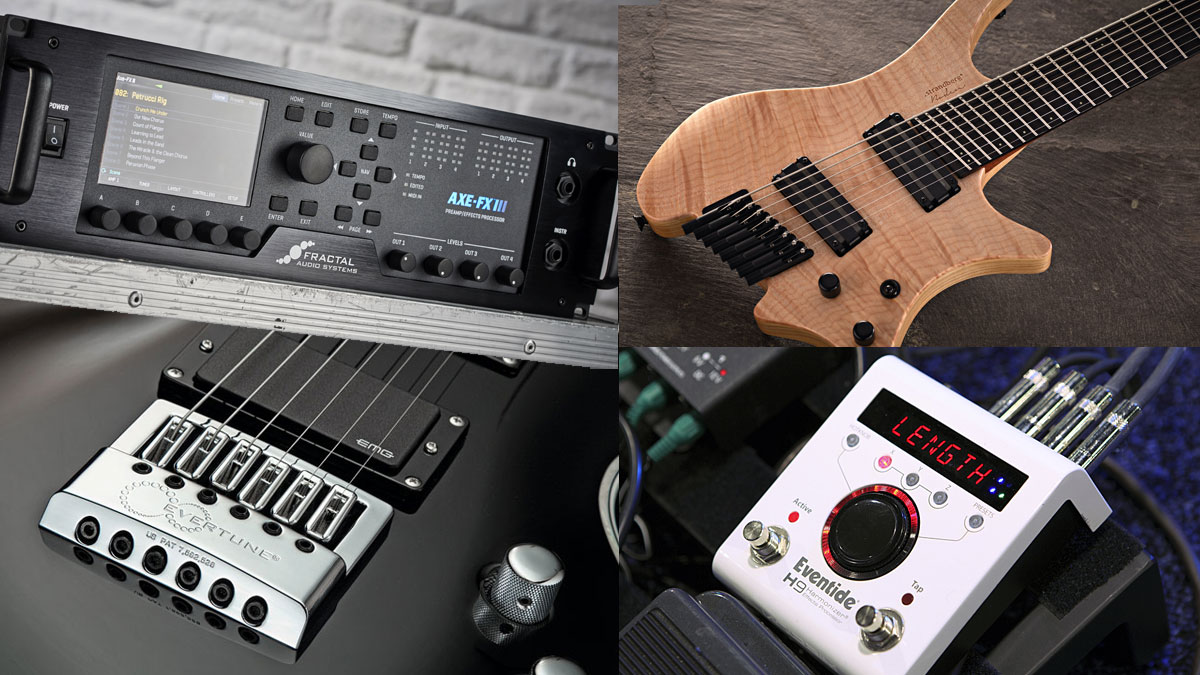
During most previous decades, significant shifts took place in the guitar manufacturing industry that both defined an era and established new directions for the future. For example, the '30s are remembered as a 'Golden Era' for acoustic guitars (particularly Martins and Gibsons) as well as for the introduction of the first electric guitars.
The '50s are known for the commercial birth of the solidbody electric guitar, and the '70s are known for the decline of major players like Fender and Gibson and the rise of Japanese imports like Ibanez and Takamine.
The '80s are remembered for the dominance of Super Strats and hot-rodded high-gain amps, while the '90s saw a retro-inspired resurgence of quirky '60s designs like Jazzmasters and imported 'pawn shop prizes' along with the rise of boutique guitars, amps and pedals.
Past decade’s biggest gear trend may be that there were no dominant overall trends, but rather numerous smaller ones
However, the past decade’s biggest gear trend may be that there were no dominant overall trends, but rather numerous smaller ones. This is most likely a reflection of the popular music industry’s movement away from guitar-based music.
Although the guitar may not play as prominent a role in pop music as it did in the past, any dedicated music fan or reader of this magazine can attest that there’s a hell of a lot of great guitar music out there. It’s just splintered into numerous different factions - metal, blues, indie, progressive, classic rock and so on - that all have large and robust followings.
This, in turn, has inspired companies to concentrate more on what they do best and find their own individual niche, instead of trying to chase the next big thing in an effort to keep up.
The end result of this is that guitarists now probably have more variety to choose from than ever. Traditional guitar designs are still plentiful for players who prefer those, but if you’re more adventurous you can easily find guitars, amps and pedals from numerous innovative companies that are thriving instead of just surviving on the outskirts of larger movements.
Get The Pick Newsletter
All the latest guitar news, interviews, lessons, reviews, deals and more, direct to your inbox!
Perhaps the biggest surprise to us was the increased popularity of electric instruments with features like headless necks, fanned frets and extended tuning ranges that previously were considered too unorthodox and unusual by the masses. Even acoustic guitarists seemed to be more accepting of change, as acoustics with smaller body sizes and rounder shapes challenged the dreadnought’s dominance for possibly the first time since the '50s.
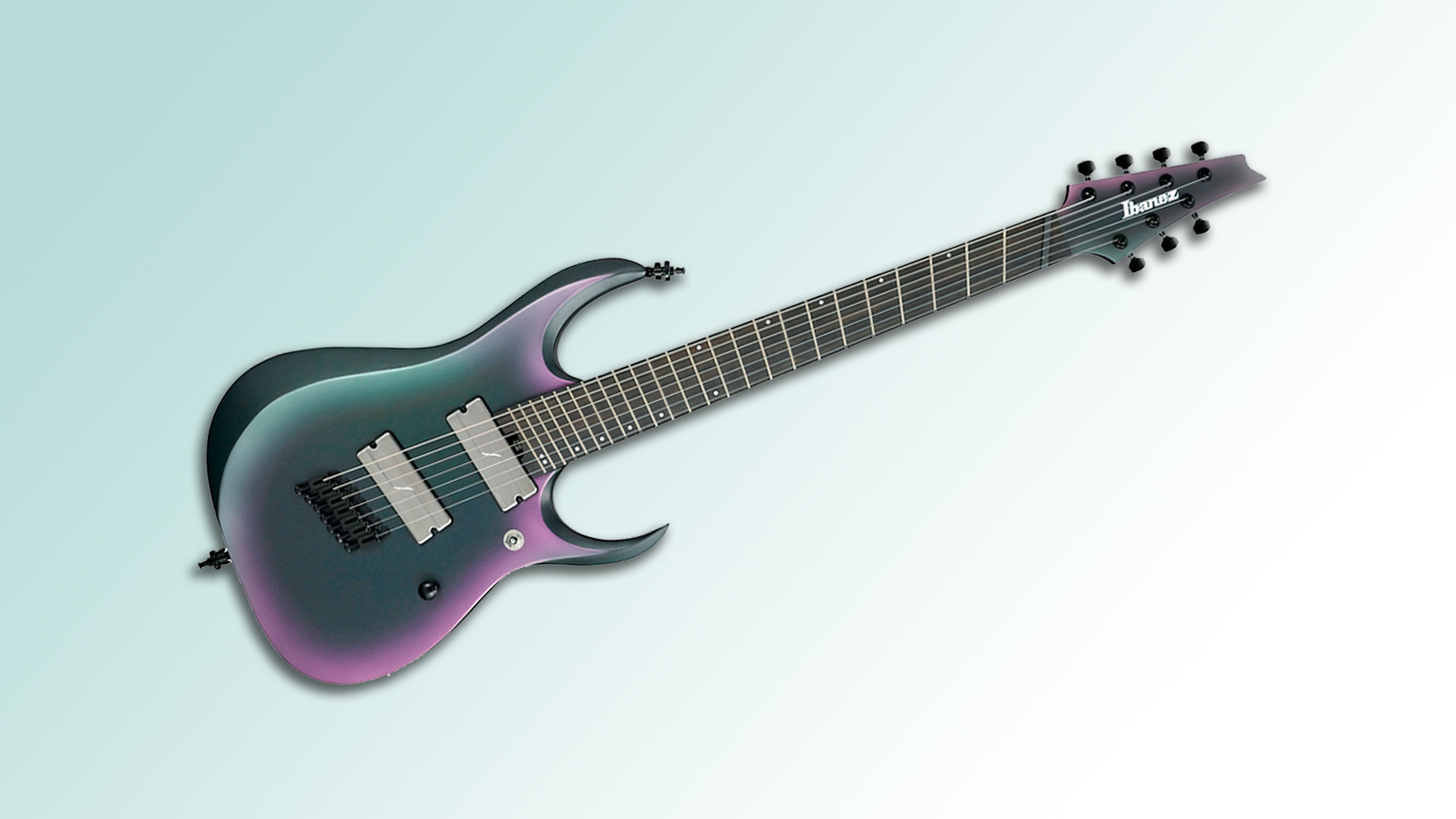
The absence of overriding trends has caused a few casual observers to claim that the guitar is dead, or at least not as popular as it used to be. This attitude was exacerbated by the mainstream media, which published numerous articles about the death of the guitar in the wake of Gibson’s bankruptcy woes and Fender’s IPO withdrawal.
Despite those apparent setbacks, the industry has bounced back with a vengeance. Gibson is now moving forward again under new ownership, and Fender is making impressive profits and has significantly reduced its debt. While a few companies closed their doors over the last decade, many newcomers have come along, and many of them have succeeded quite impressively.
Speaking of successful newcomers, one that showed up out of leftfield is Reverb.com. Up until their launch in 2013, the most popular online platform for buying and selling musical instruments had been eBay.
The present is one of the most exciting times to be a guitarist since the early '50s
Reverb.com has since eclipsed the e-commerce behemoth here and parlayed their success from not only being an online music gear marketplace, but also as an authoritative voice for guitarists with informative content, videos and how-to articles.
Perhaps the most significant development of the last decade is something more subtle: an overall increase in quality and an upsurge of truly great gear for affordable prices.
Whereas vintage guitars and amps were considered necessities for professional players in the not-so-distant past, today many companies are manufacturing gear that’s better than anything offered before.
Meanwhile, technology is developing at a mind-boggling pace, and exciting developments are introducing new sounds as well as reviving classic tones that once were mostly out of reach.
The present is one of the most exciting times to be a guitarist since the early '50s, and the decade ahead is certain to deliver an abundance of surprises for players of our favorite instrument.
Electric guitars
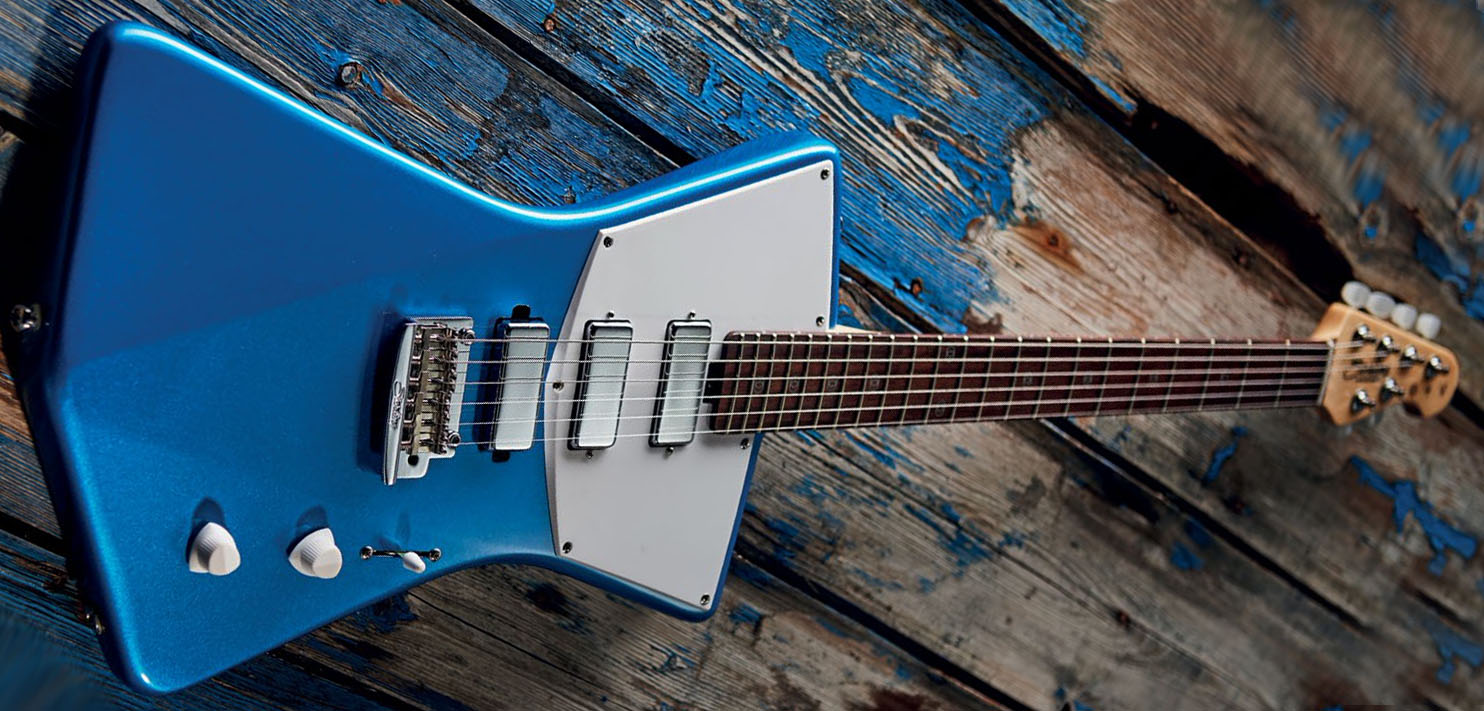
It was 2017 when The Washington Post declared - rather convincingly and buttressed by statistical facts - the death of the six-string electric. But if you dug deep into the article, it seemed to somewhat conflate the notion that the lack of guitar heroes was one of the primary sources for declining sales in electrics.
Fast-forward two years, and we now know that couldn’t be more wrong. But let’s also be fair: guitar culture in the mainstream and its original guitar heroes have waned every decade since the '60s. In its wake, what seems to have emerged is the electric guitar remained as the star of the show, and its players have adopted a secondary role, but in far more focused and resourceful ways.
Players like Tosin Abasi, St. Vincent, Jason Richardson and Nita Strauss - while not household names - have steered the sound and fury of guitar music in far more technical and textural avenues, which has bolstered the idea that electric guitar music is far from being on life support.
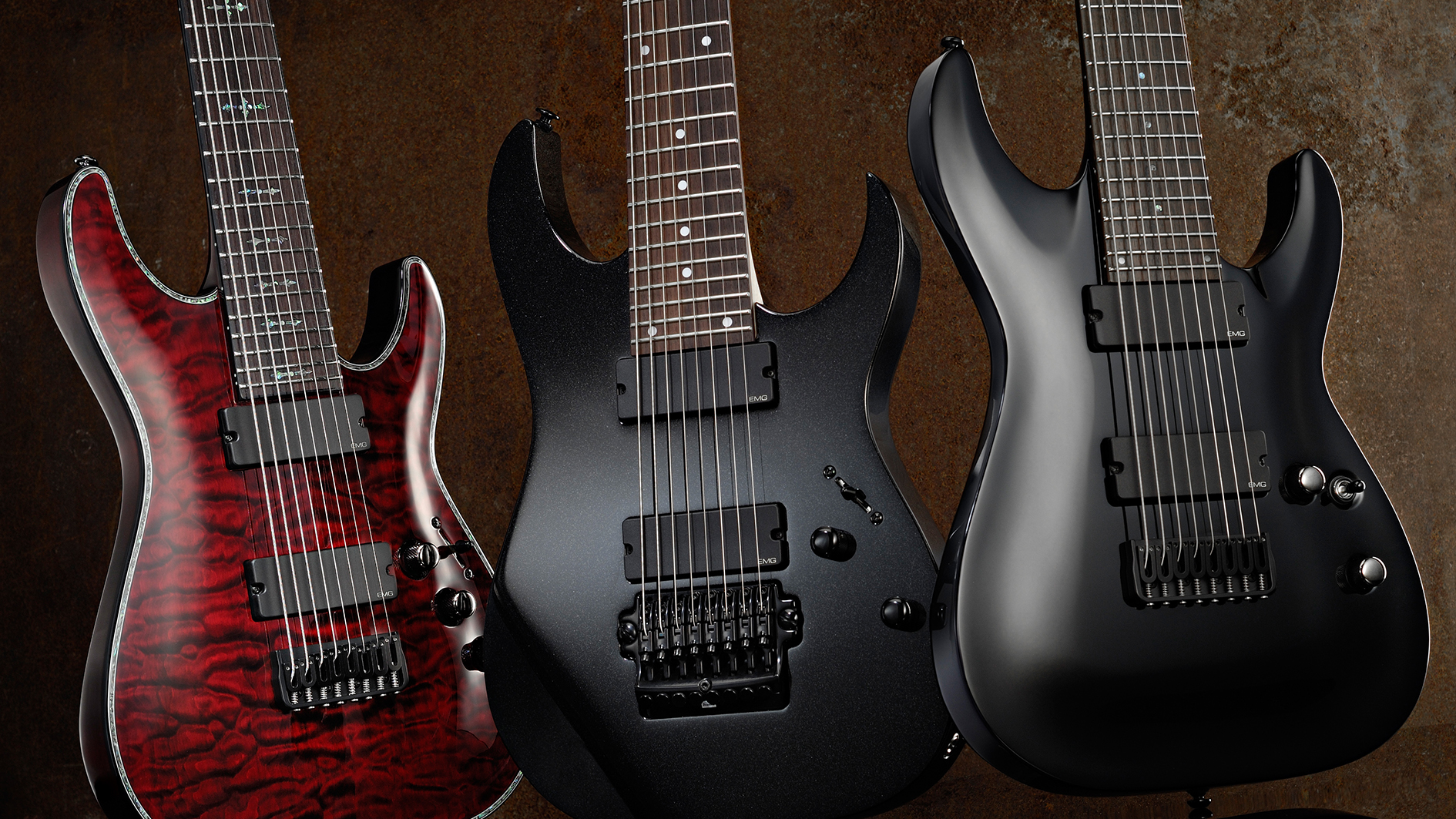
Take, for example, the rapid acceptance and demand for seven- and eight-string guitars, baritones, fanned frets and extended-range guitars, with Ibanez, Jackson, Caparison, Kiesel, Jericho, Schecter, ESP, Mayones and Dean leading the way with a bevy of custom and affordable standard models that possess some of these features.
What’s encouraging is most of these manufacturers are always on the forefront in fostering the next generation of cutting-edge players evidenced by the many signature guitars released in this space.
More importantly, you can’t ignore the fact that these kinds of guitars are so much easier to play. Nearly every shred or boutique guitar possesses jumbo-type frets, compound or flat fingerboards and contoured neck heels.
One other major trend has been the unconventional - guitars that eschew tradition and embrace the avant-garde. Strandberg gained traction by employing an ergonomic and headless design with fanned frets, and multi-scale options suited for more advanced and technical players.
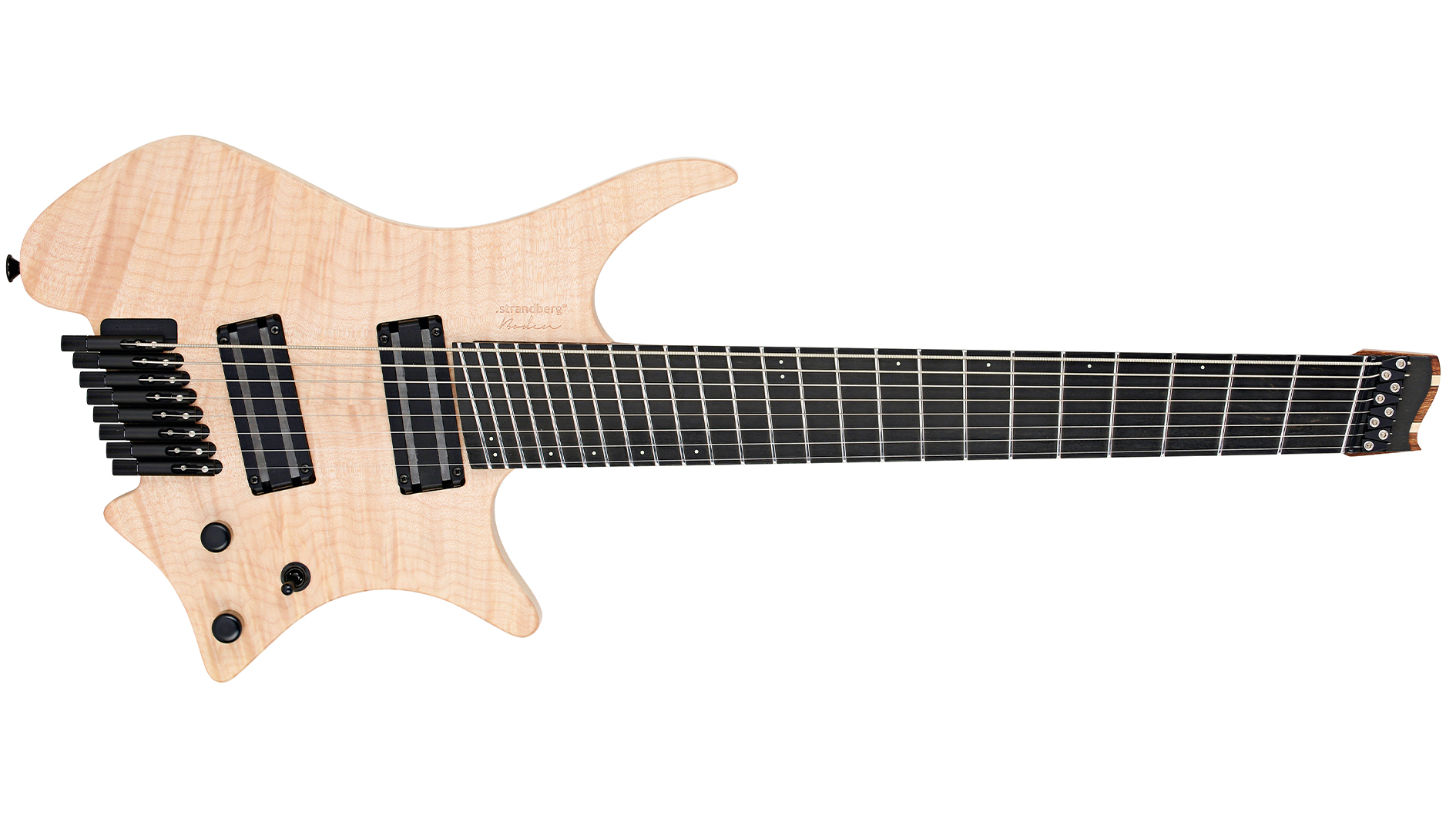
Musicvox is another company that imbues quirky styling in their groovy guitars, which makes them stand out among classic contemporaries. Relish Guitars features the use of an aluminum frame and magnets, and its modular design allows pickup swapping in seconds. If anything, these guitar companies listen to guitarists and offer custom and precision-built instruments.
If you thought major guitar manufacturers were asleep at the wheel, you’d be wrong, and very much so. Fender, under the leadership of Andy Mooney, has taken the legendary brand to new heights, with a total revamp of every iconic model in their guitar and bass series, as well as introducing new limited-edition runs, rarities and numerous artist models every year.
A few years ago you could almost say the humbucker was king, but Fender has proven the single-coil sound has never been more relevant.
PRS Guitars has managed to weather all storms and uncertainty by being one of the most consistent guitar manufacturers that continually, and rather obsessively, build flawless instruments.
PRS streamlined their line to Core, S2, SE and Private Stock models in order to accommodate all budgets for guitarists. They also introduced the Silver Sky, a controversial yet innovative guitar designed by John Mayer and Paul Reed Smith. Soon after the initial hysteria subsided over its “borrowed” looks, it has proven to be a sought-after model.
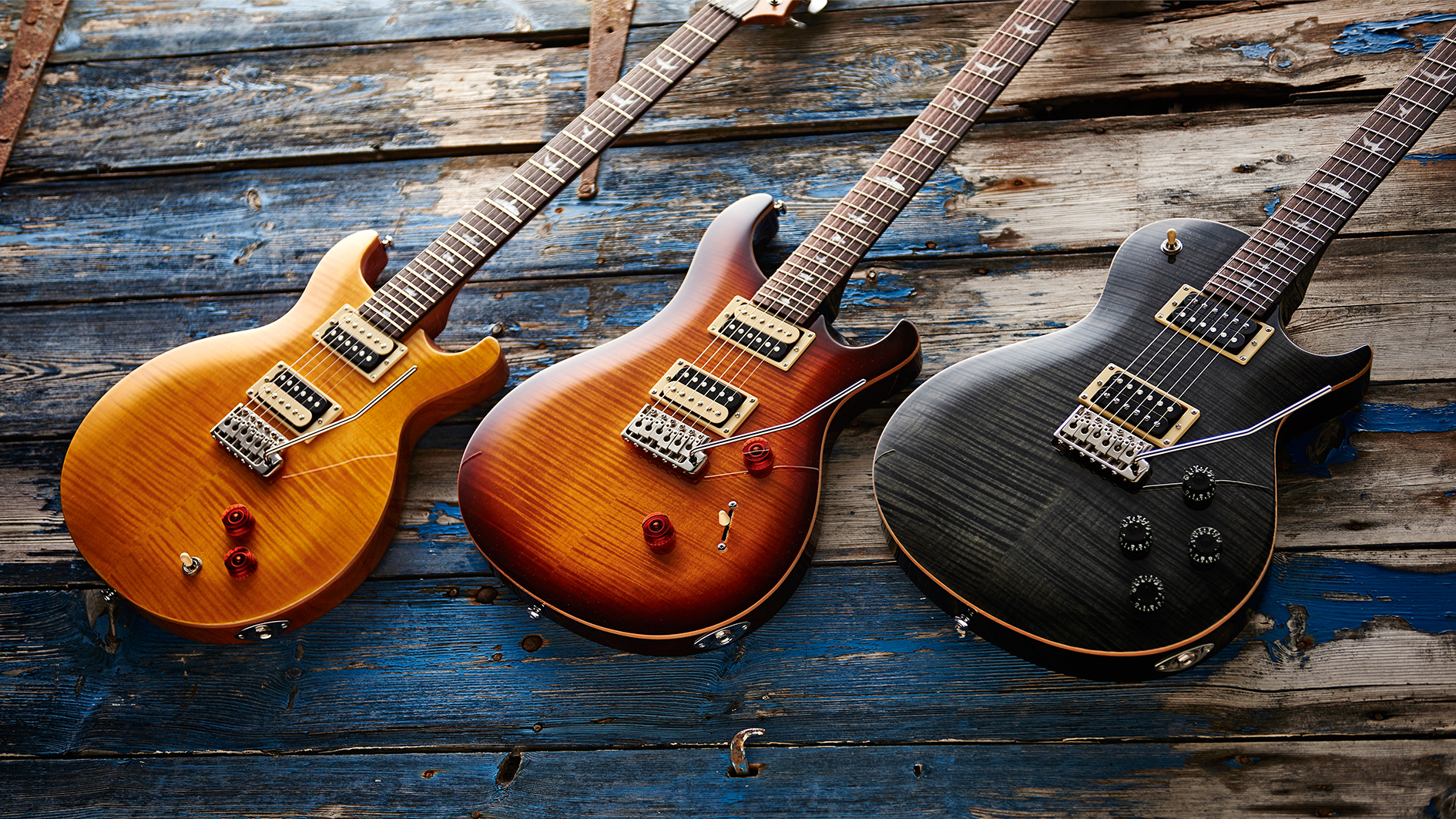
While you could call it futuristic, I don’t know anyone who seriously used Gibson’s self-tuning Robot tuners (a standard option on most models in 2015), because it was a misfire that was flawed in form and function.
Thankfully, Gibson is under new management and has gone back to basics, building great legacy guitars again without unnecessary bells and whistles. In “what’s old is new again” news, D’Angelico reemerged as a hip, youthful brand.
Considering this New York company dates back to the “Golden Era” of guitar-making, the new D’Angelico brand reissued affordable versions of the original archtops, followed by dozens of hollow, semi-hollow, solid body and acoustic designs with D’Angelico’s prominent headstock shape.
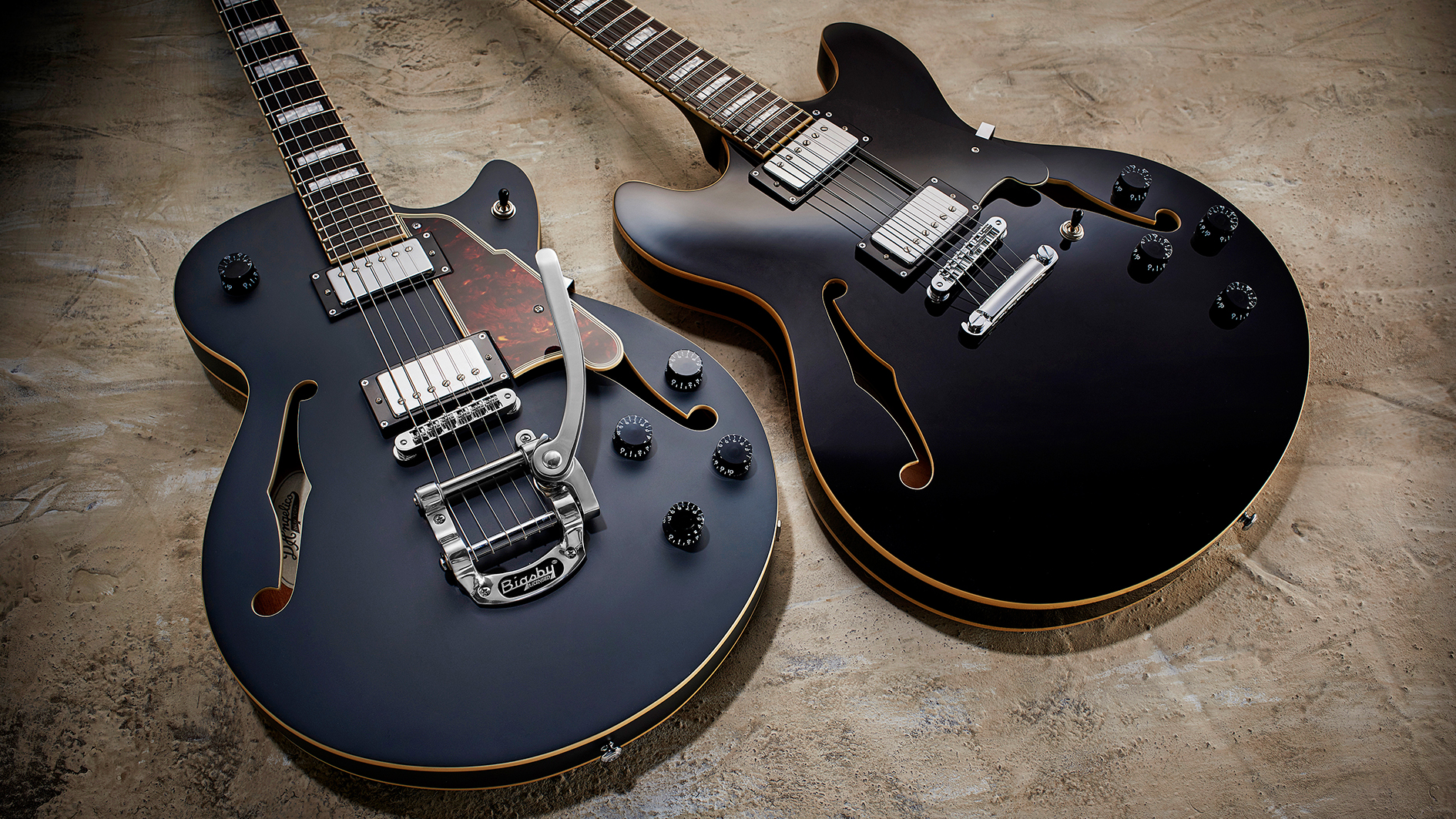
A sharp newcomer electric was the Yamaha Revstar, a sleek guitar that incorporated Café Racer motorcycle looks combined with Japanese craftsmanship.
EVH went full throttle in offering affordable versions of their Striped Series, Wolfgangs, 5150 guitars, and even presenting authentic recreations of the Striped Series Shark and the ’79 Bumblebee guitar.
But when it comes to notable, Ernie Ball Music Man stands head and shoulders above with arguably the most exciting new launches in their guitar roster. From the St. Vincent and the Valentine to the Majesty and the Mariposa, these artist-designed models are entirely original and inspired, which if you ask me, cements the fact that demand for electric guitars is alive and well.
Acoustic guitars
The last decade was a great time to buy an acoustic guitar. For the first time since the '30s, many entry-level and affordable models offered impressive sound quality and playability comparable to more expensive professional instruments.
The most popular brands made what many considered to be their best guitars ever, with Martin reviving and refining the construction and attention to detail of their most-beloved “Golden Era” designs while Taylor - under the direction of master builder Andy Powers, who joined the company in 2011 - introduced its revolutionary new V-Class bracing and significantly redesigned several series.
The biggest acoustic guitar trend of the decade was an increasing reliance on sustainable tone woods and alternative materials, inspired by environmental responsibility and the growing legal hassles of importing and exporting traditional tone woods like mahogany and rosewood.
The dreadnought was no longer as dominant as it had been, as players opted for a wider variety of increasingly available models from jumbo to parlor sizes, and rounded-shoulder body designs became more widely accepted. Vintage-inspired designs such as necks that meet the body at the 12th fret and affordable archtop models (like Epiphone’s Masterbilt series) also made a comeback.
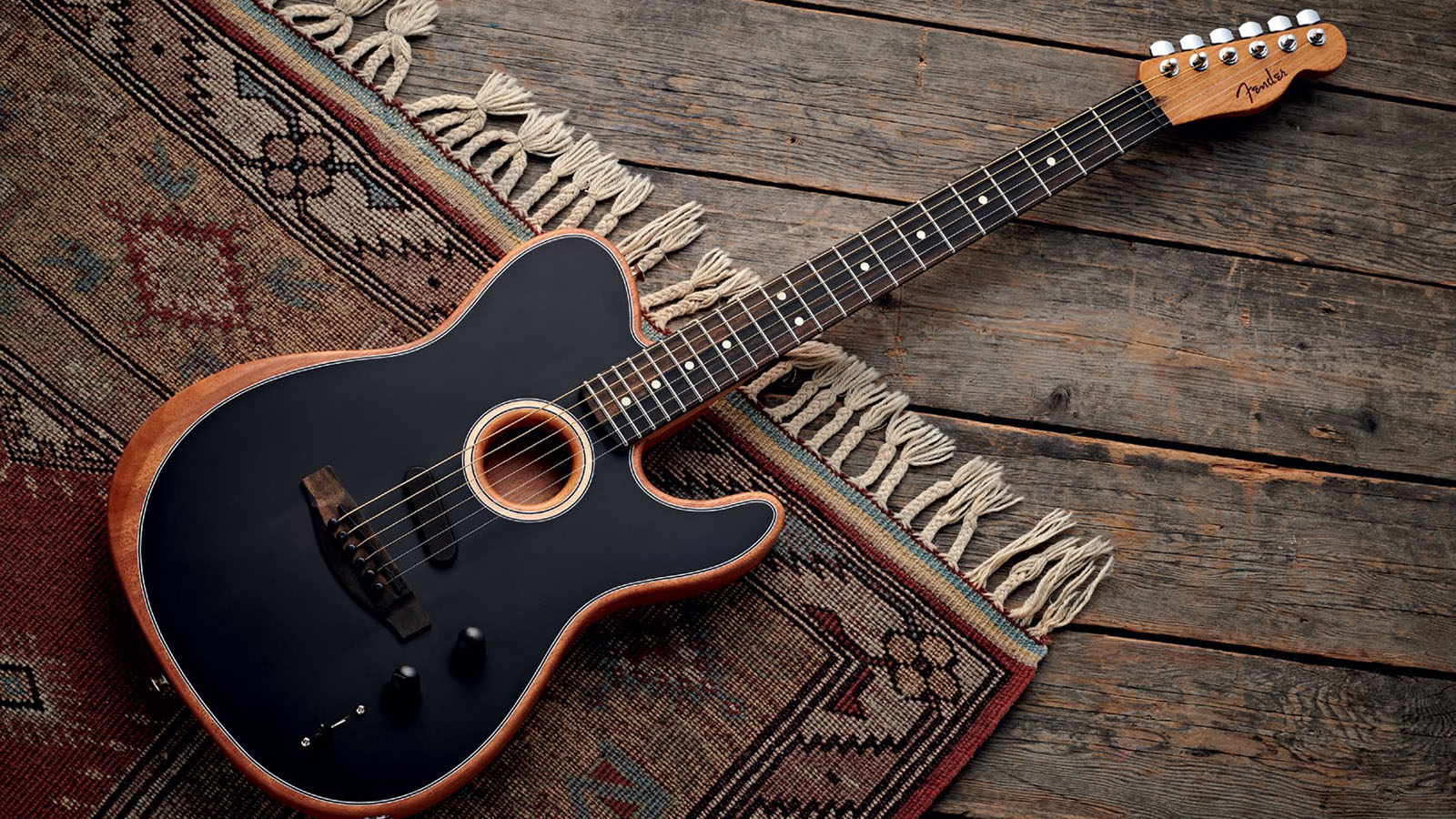
Some of the boldest innovations were the ToneWood Amp and Yamaha’s TransAcoustic technology, which both deliver effects like reverb and chorus via the guitar’s acoustic chamber without an amp.
Acoustic guitar amplifiers became increasingly smaller and more powerful - we were particularly impressed by the Fishman Loudbox Mini and Hughes & Kettner’s Era models. The hybrid acoustic/electric design of Fender’s Acoustasonic Telecaster provided a satisfying blend of true acoustic and electric tones from a single instrument.
Amps
Although the first digital modeling amps appeared in the mid '90s, the 2010s will be remembered as the decade when guitarists truly embraced the technology.
Fractal Audio’s Axe-Fx II and Axe-Fx III and Kemper’s Profiler lineup were the biggest game changers, playing prominent roles in numerous professional touring and studio rigs.
Blackstar, Boss/Roland, Fender, Hughes & Kettner, Line 6, Marshall, Peavey, Vox and Yamaha also offered a growing variety of modeling amps. Even acclaimed app developer Positive Grid ventured into the “real” world with their BIAS Head, BIAS Rack and BIAS Mini Guitar amps.

Interest in solid-state amps also increased significantly, thanks to innovative new designs that took advantage of their ability to pack impressive power into compact packages while also delivering stellar sound.
Pedalboard-mounted amps became a sensation, with an expanding selection of these products from BluGuitar, Hotone, ISP Technologies, Seymour Duncan and more.
Numerous powerful, tiny and lightweight solid-state combos and heads offered by companies like DV Mark, One Control and Quilter Labs also made impressive debuts, while Vox introduced its fascinating Nutube technology with the hybrid design of its 50-watt MV50 micro amp heads. Yamaha also innovated the new concept of the desktop amp with its popular THR series.
Even with all this wonderful new technology, tube amps still remain as popular as ever. Standard brands like Fender, Marshall, Mesa/Boogie, Orange, Peavey and Vox continue to be best sellers, along with 50- and 100-watt heads and combos from companies like EVH (particularly the latest EL34 models), Friedman and PRS.
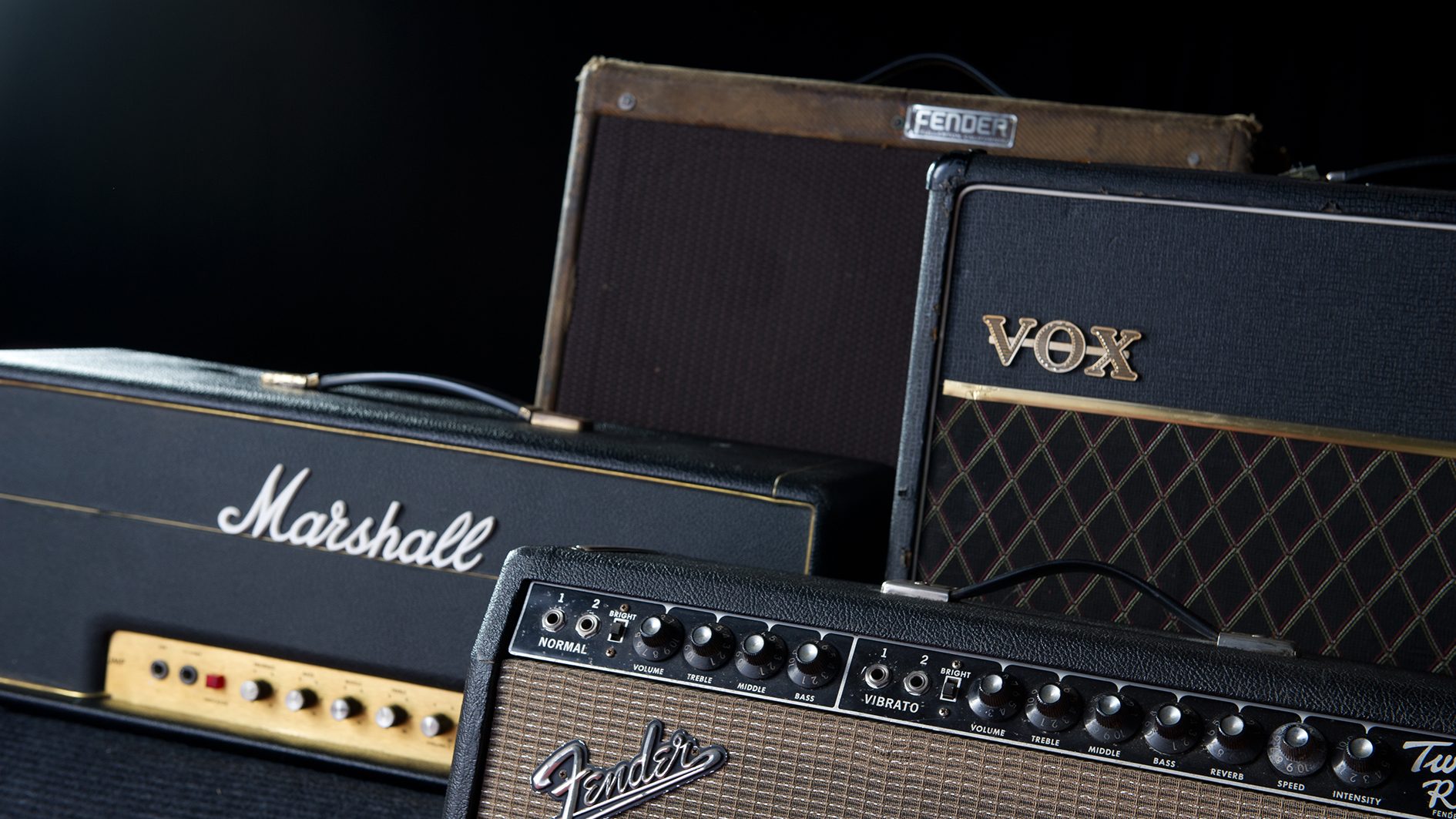
Metal guitarists particularly benefited from renowned designer Mike Fortin’s alliance with Randall for the Diavlo series and Misha Mansoor’s collaboration with Peavey on the Invective. Meanwhile, Supro returned to impress vintage enthusiasts with its classic designs.
Effects
Prior to 2010, the influx of boutique pedal companies making their mark with gobs of Tube Screamer replicas and Klon clones - and nearly every variation of germanium or silicon fuzz - appeared to be de rigueur.
Most of these pedals were pricey, especially if you wanted a unique stompbox not many people had. Not to say these pedals have lost their shine or aren’t any less in demand now, but with the introduction of the affordable MXR Carbon Copy analog delay pedal a decade ago, it seemed analog delays became just as desirable as drive and fuzz pedals, and overwhelmingly replaced digital delays rather quickly.
MXR continued to release many more iterations of the Carbon Copy, in addition to the Dunlop Echoplex Delay pedal in a similar housing as the Carbon Copy. Other companies, like Electro-Harmonix, Boss, Maxon, Ibanez, Strymon and TC Electronic, along with boutique brands like Keeley, Empress, Wampler, JHS, Catalinbread and Chase Bliss Audio replied with superb analog delay offerings as well, and with many of them having tap tempo integration.
Even more fascinating was the rise of TC Electronic in the stompbox market, starting with their groundbreaking TonePrint technology, where the user was able to beam from their smartphone an artist preset sound into their pedal.
Soon after, TC released the Ditto Looper, a one-knob operation mini-looping pedal that surpassed almost every type of pedal in sales, and started a looping pedal revolution that still continues to this day, with companies like Electro-Harmonix, Boss, and MXR having their own looper with a unique stamp.
You could say the past few years have seen the overwhelming surge of mini-pedals in the market. Just about every effects manufacturer has a mini-pedal version of their most popular stompbox in a mini-chassis form, and it seems this trend will not go away any time soon.
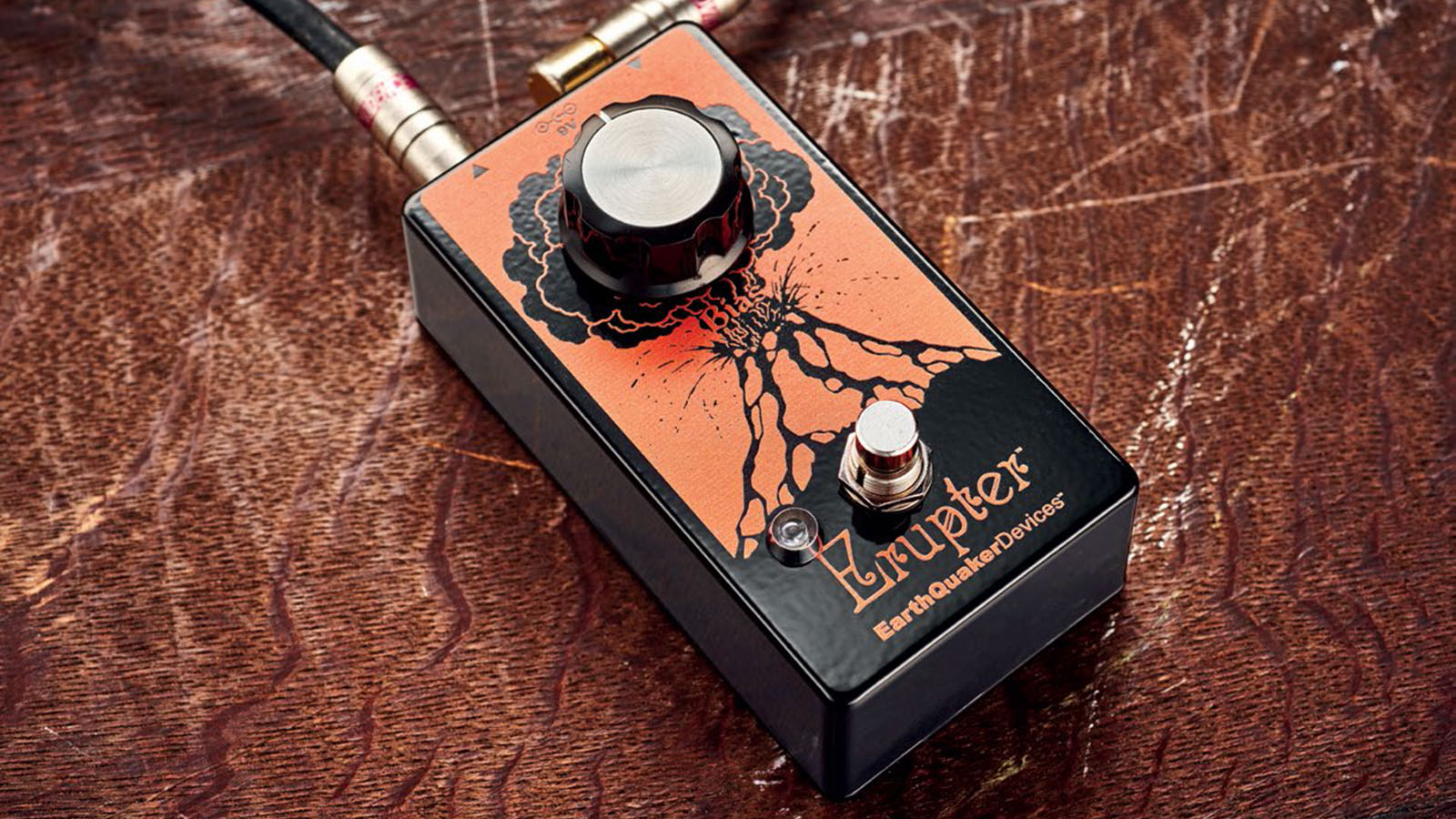
Another company that has had a meteoric rise has been Akron, Ohio’s EarthQuaker Devices. This boutique effects brand still builds pedals by hand and specializes in fuzz, delays, filters and cavernous reverbs (ya know, shoegazer-approved sounds), where all or some have been combined into their very hip pedals emblazoned with eye-catching graphic artwork.
Strymon has swiftly become another successful company that push the limit of multi-effect stompboxes, with studio-quality sound that is jaw-droppingly authentic. Electro-Harmonix never falter, and remain popular by continually releasing effects that resonate with guitarists.
In fact, their most revolutionary pedals have been their keyboard and synthesizer ones, with the B9, C9, Key9, Mel9 and Synth9 stompboxes allowing guitarists to ape almost every legendary keyboard sound convincingly without any external pickups or hardware.
Boss, on the other hand, went back to their roots by introducing their Waza Craft pedals, a sublime revision of their most well-known and renowned pedals, imbued with the original sounds and refined new ones.
Also, fascinating were pedals that mimicked artist tones, like Wampler’s Paisley Drive, or YouTube influencer collaborations like the Keeley D&M Drive, and amp-in-a-box pedals that sounded as good as the amps they were based on from companies like Bogner, EHX, Tech 21, Friedman, Boss and Supro.
One can not overlook Eventide’s splash into the stompbox arena. Long-known as a giant in the recording and broadcast industry, primarily for their harmonizers and studio gear, Eventide rolled out the H9 - essentially combining Eventide’s greatest effects hits like pitch-shifting, chorus, delays, reverbs, modulations and so much more into one compact stompbox.
Even more groundbreaking was the ability to transmit and control your presets and settings via Bluetooth from your smartphone or tablet app into the H9.
Another all-in-one game-changer has been Tech 21’s successful Fly Rig series of floorboards, integrating their SansAmp analog circuitry with popular effects.
Guitarists no longer had to bring massive rigs on fly dates and could simply recreate their guitar sound by plugging directly into a PA system, mixer, or amplifier to get their tone in a sliver-thin floorboard the size of cigarette carton.
Line 6, not to be overlooked, was able to integrate their acclaimed Helix technology in a compact line of floorboards for amp modeling and effects. Worth mentioning is Metallica’s Kirk Hammett throwing his hat into the pedal ring with his own brand of fuzzes and distortions with his own company, KHDK Electronics, and (FWIW) they were pretty cool.
One last pedal that can’t go unnoticed and deserves a great deal of credit has been Singular Sound’s BeatBuddy. Essentially, it’s a drum machine in a stompbox that was incredibly intuitive to use on the fly, and came loaded with more than 200 musical styles and 10 different drum sets.
Hardware/accessories
We have sort of a love/hate relationship with innovations in guitar hardware and accessories. Although it seems like most of these necessities were perfected long ago, on rare occasions a handful of truly genius ideas emerge that completely blow our minds.
However, for every great invention that comes along, there are probably a thousand ill-conceived, half-baked products developed by genuinely insane inventors who show up en masse at every NAMM Show and hunt us down to make pitches, staring at us with the crazed, glazed-over gaze of a rabid raccoon.
While we thought it was highly probable that no one was ever going to invent a better pick, capo or strap than what we already have, it seems companies like Dunlop and D’Addario proved us wrong.
Dunlop introduced Ultex picks, which redefined speed and clarity in a new material for picks. And when it came to accessories, the D’Addario/Planet Waves care and maintenance tools made everything from changing your strings to using a capo a far more efficient and elegant affair.
Over the last decade we discovered some very useful hardware and accessory innovations, particularly ones that may have finally solved guitarists’ battles with staying in tune. One of the most practical hardware innovations we’ve seen in ages is the EverTune bridge, which boasts an ingenious design that maintains tension to consistently keep strings in tune.
The CSL Sophia tremolo system’s innovative stabilization solves many nagging issues of previous floating tremolo designs, allowing players to bend strings without other strings going out of pitch, play double stops and perform extreme pitch rises and drops without going out of tune (and without a locking nut).
Other companies like FU-Tone concentrated on enhanced hardware upgrades for tremolos - specifically Floyd Rose - with titanium and stainless locks, and by introducing brass, titanium and copper tremolo blocks to increase sustain and tone.

Tuner technology also improved significantly. Snark was among the first to introduce a headstock-mounted tuner, and this style of tuner quickly surpassed pedal tuners in popularity.
The TC Electronic Polytune impressed us with its ability to instantly indicate which strings were in and out of tune. One of the most exciting pickup innovations of the last decade was Fishman’s Fluence with its revolutionary Fluence Core design and ability to provide multiple, truly distinct tones.
We also enjoyed several innovations that were simple but incredibly effective, like Vibramate’s kits that enable noninvasive installation of Bigsby vibratos on various guitars and Music Nomad’s Humitar, which humidifies acoustic guitars in a simple and safe manner.
Strings
Before you begin to question or dismiss what could possibly be innovative here, you should know never has there been more varieties of string manufacturers, and almost every one of the most popular tried-and-true brands launched new technology, materials and improvements to their string lines.
Just when you thought XLs were doing just fine, D’Addario came out strong with their NYXL strings, which allowed you to stretch toward the sky while staying in tune with a brighter tone. In addition, they introduced their XT Nickel line, which has enhanced break resistance and longer life with their extended lifespan treatment.
They also flipped the traditional gauge norm by introducing D’Addario Balanced Tension XL strings, with each string in the set having a slightly heavier or lighter gauge in order to balance between proper resistance and feel for more efficiency.
Ernie Ball never sits tight; in addition to releasing a slew of custom-gauged Slinkys, the company introduced their new line of Paradigm strings for electric and acoustic. Paradigm claim to be nearly unbreakable with superior durability and the much-loved Slinky-like tone.
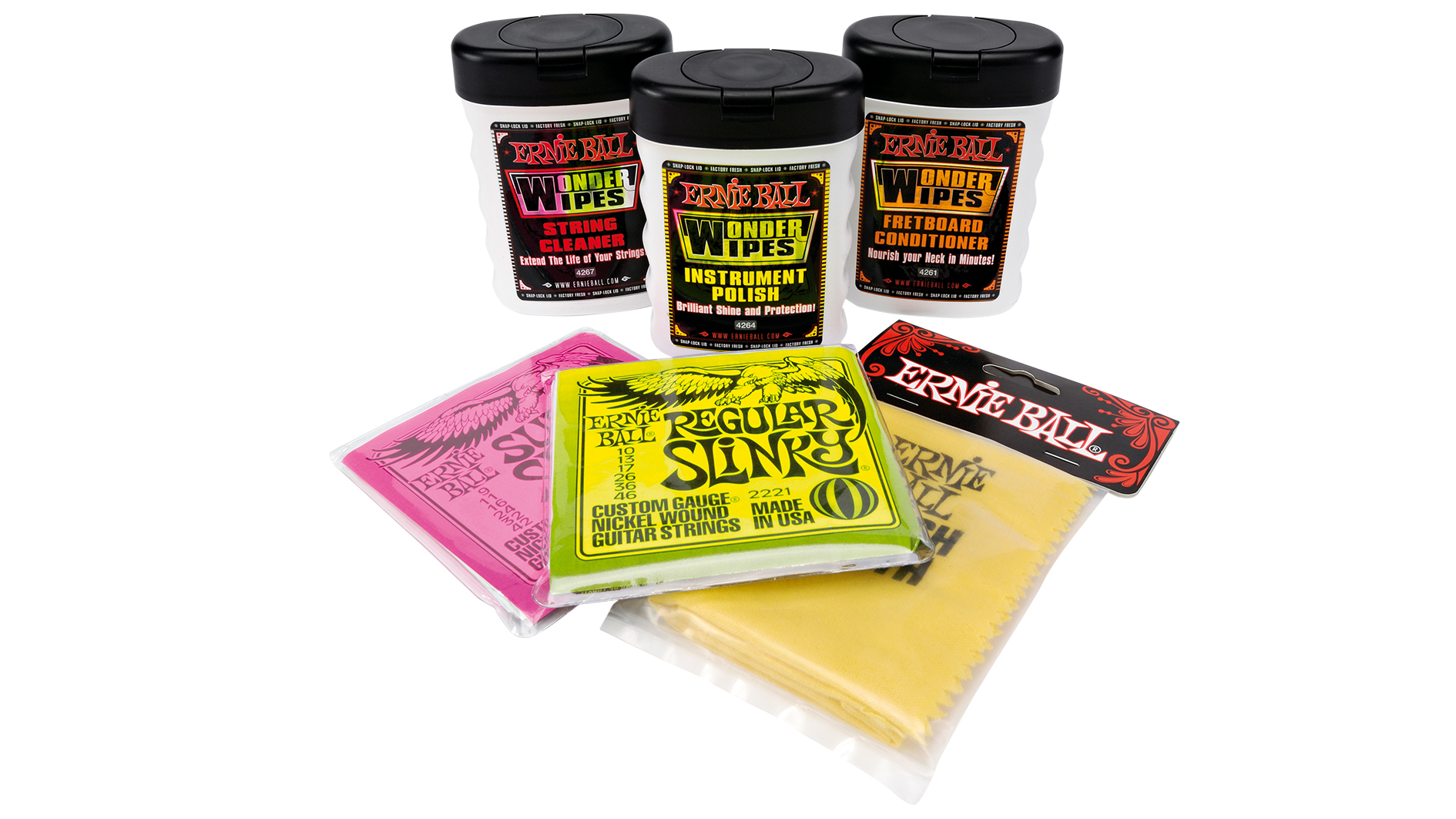
EB also played with heavy metal - We're talking alloys here! - with their Cobalt and M-Steel strings offering more dynamics and low end response. And just in case you’re wondering, yes, both D’Addario and Ernie Ball introduced a plethora of coated strings in their lines.
Coated strings have always been favored for acoustics with their bright tone and corrosion-free durability, but without a doubt, coated electric guitar strings have risen in popularity.
Companies like Cleartone and Elixir have been flying the coated flag for a while now, but Elixir has doubled down on electric players, with the introduction of three different sets that address the amount of coating and tone with their Optiweb, Nanoweb and Polyweb coatings.
DR Strings also make a boatload of strings, but had some fun by introducing its Neon multi-color strings that actually glowed in the dark. Dunlop also went full speed ahead with their string line and made some impressive strings - most notably their Heavy Core strings, zeroing in on players who laid low with drop tunings, and optimized for extended range and baritone guitars.
Martin Guitars invested in rebranding and reimagining their whole line of superb acoustic strings.
String companies have become more tuned in to not only address the feel, sound and durability of their strings, but also for the kind of music the strings will be used for.
Recording
Technology advanced at such a rapid pace over the last decade that we could fill this entire story - or this entire issue of Guitar World - with an overview of all the breakthroughs.
Fortunately, one of the biggest recent trends in recording technology is the development of numerous products designed specifically for guitarists, which has helped players (and guitar journalists) narrow down their options to gear that fits their needs and preferences.
Although hundreds of USB audio interfaces are available, products like IK Multimedia’s Axe and the Apogee GiO helped eliminate some of the confusion over which interface to choose, thanks to their guitar-friendly designs and features.
The Orange OMEC Teleport even provided a helpful link between traditional analog guitar gear and digital computer/mobile devices in a compact pedal format.
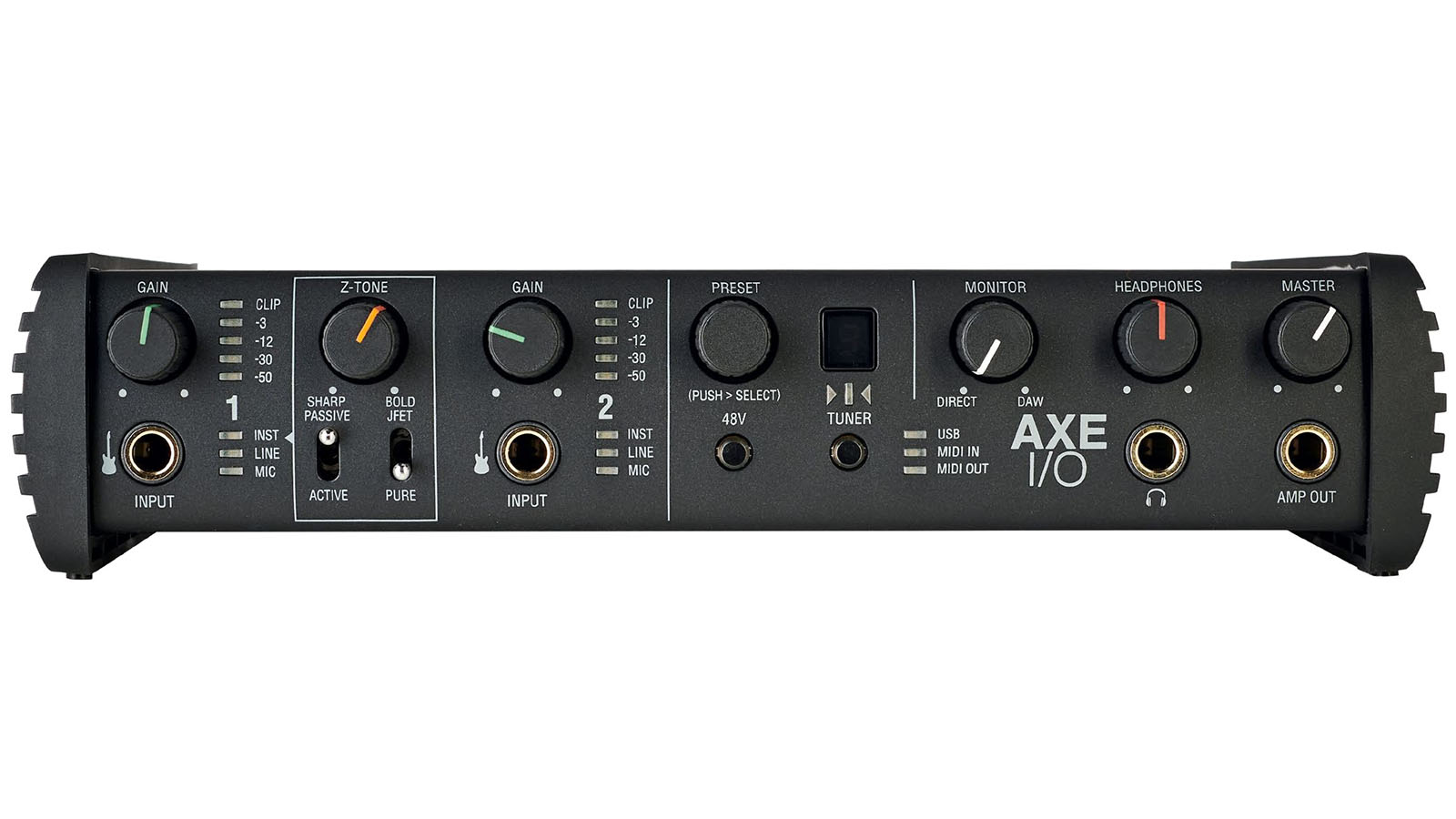
The other welcome trend was that several companies previously known for high-end pro audio (i.e. expensive) gear started offering highly affordable products that maintained their standards of excellence, like the Focusrite Scarlett and Apogee Duet.
Universal Audio products have consistently provided stellar bang-for-the-buck for home recording enthusiasts and professionals alike. Their Apollo Twin USB and Thunderbolt audio interfaces proved to be excellent choices for guitarists thanks to UA’s extensive selection of guitar-oriented plug-ins, which includes amp models like Diezel, Engl, Friedman, Suhr, various Marshalls and even the timeless tweed Fender Deluxe plus studio favorites like Neve and SSL preamps and EQs and the 1176 compressor.
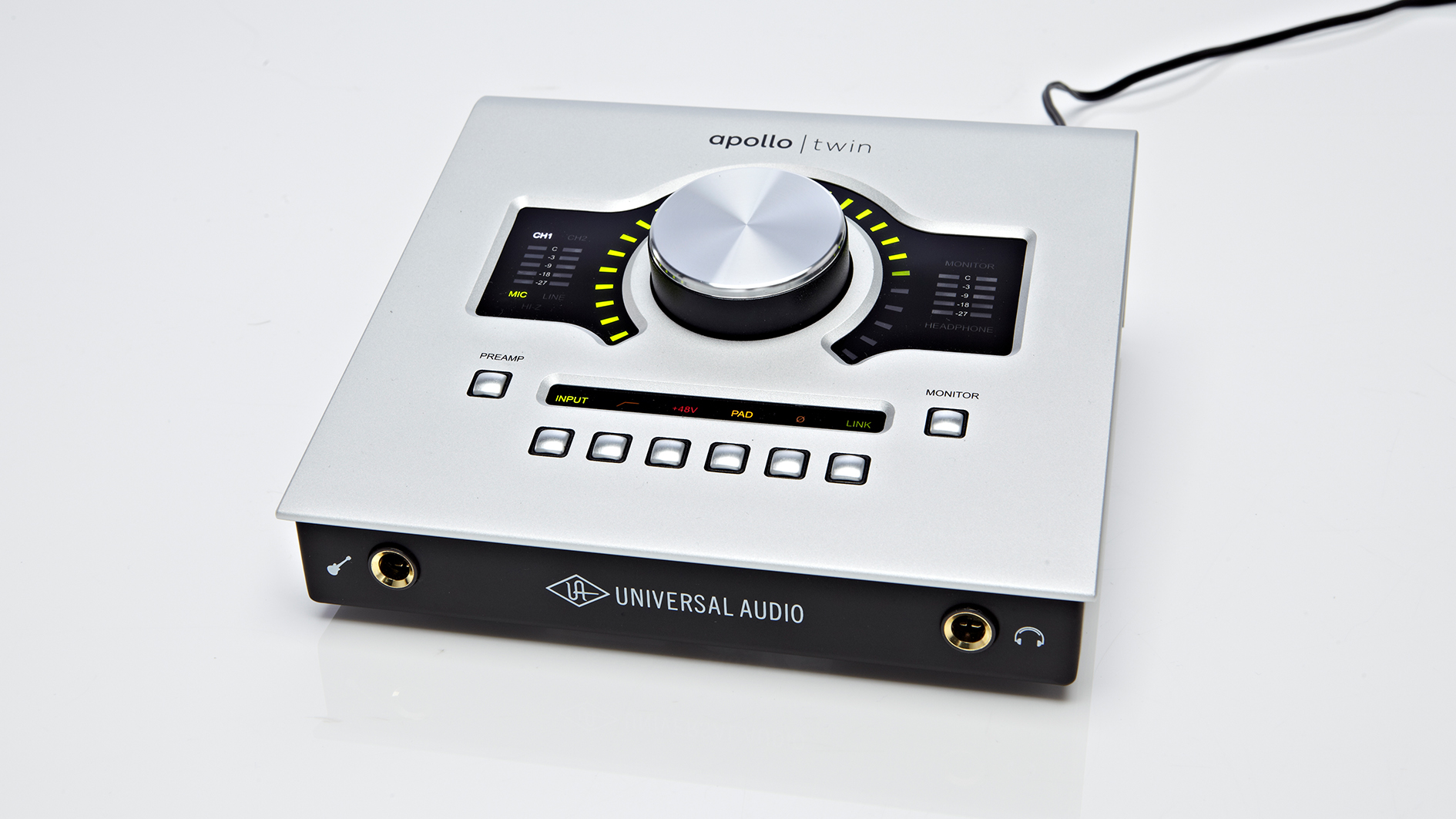
In addition, UA’s OX combined a reactive load box and a guitar recording system to get studio quality sound from tube amplifiers at any volume, making it one of the finest guitar attenuators combined with UA’s built-in emulations for recording.
For more traditional analog enthusiasts, several highly useful products made it easier to adapt favorite items of gear to the digital world. Radial Engineering always impress us with products that solve specific, specialized challenges in the studio.
Their EXTC 500 particularly stood out for providing an easy way to use guitar pedals with line level studio gear for mixing and reamping applications. Speaker cabinet simulator/load boxes like the Two Notes Torpedo Live and Mesa Cab Clone were a revelation for guitarists who want to direct record the true tone of their favorite tube amps without the hassles of setting up mics and dealing with excess volume levels.
Software/apps
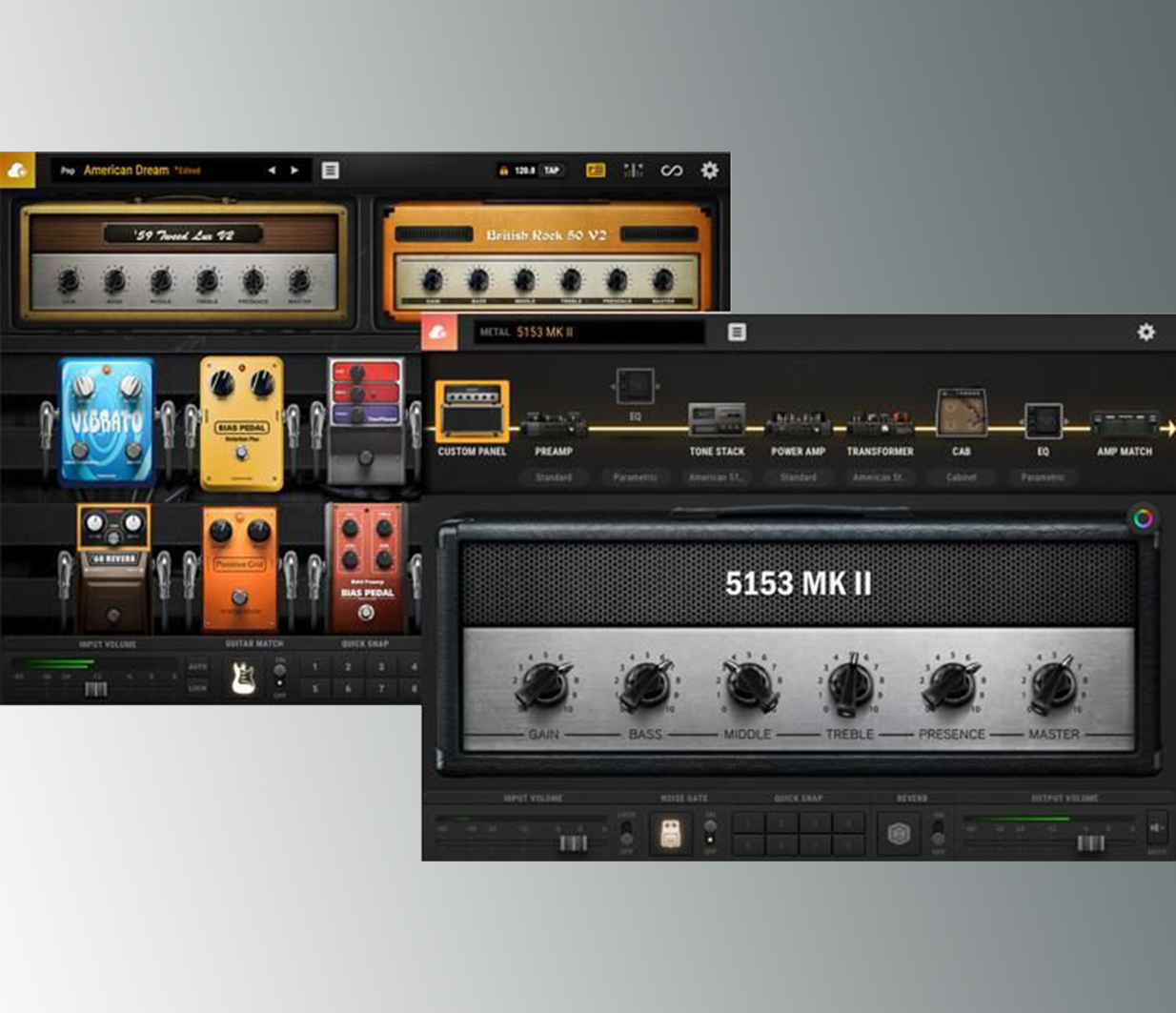
The first iPhone and Android smart phones may have made their debut in 2008, but the real game-changer for musicians was the introduction of tablet devices like the iPad a few years later in 2010.
What truly made these powerful portable devices so essential was the avalanche of awesome apps that allowed us to carry a versatile performance rig, virtual recording studio and much more in our pockets or gig bags.
Some of our favorite apps from the last decade were virtual amp and effect packages like Agile Partners’ Amp-Kit, IK Multimedia’s various AmpliTube apps (including extremely cool in-app purchases like their Brian May and Dimebag Darrell collections) and Positive Grid’s Bias Amp and Bias FX, with an honorable mention to Line 6’s Mobile Pod, which unfortunately hasn’t been updated in a while.
We also loved apps like Eventide’s H9 Control that made it easier to program and operate “real world” hardware.
From a multitude of fun and useful free apps like BOSS Tuner to revolutionary instructional apps like Fender Play, the industry truly offered apps for everybody and every budget.
“If, or when my current power supply fails me, I’ll probably look to this exact unit as a replacement”: Harley Benton PowerPlant ISO-10AC Pro review
Guitar World deals of the week: save $250 on a Gretsch semi-hollow guitar, bag a budget busting EQD delay pedal, plus all the best deals on guitar gear over the Easter weekend















